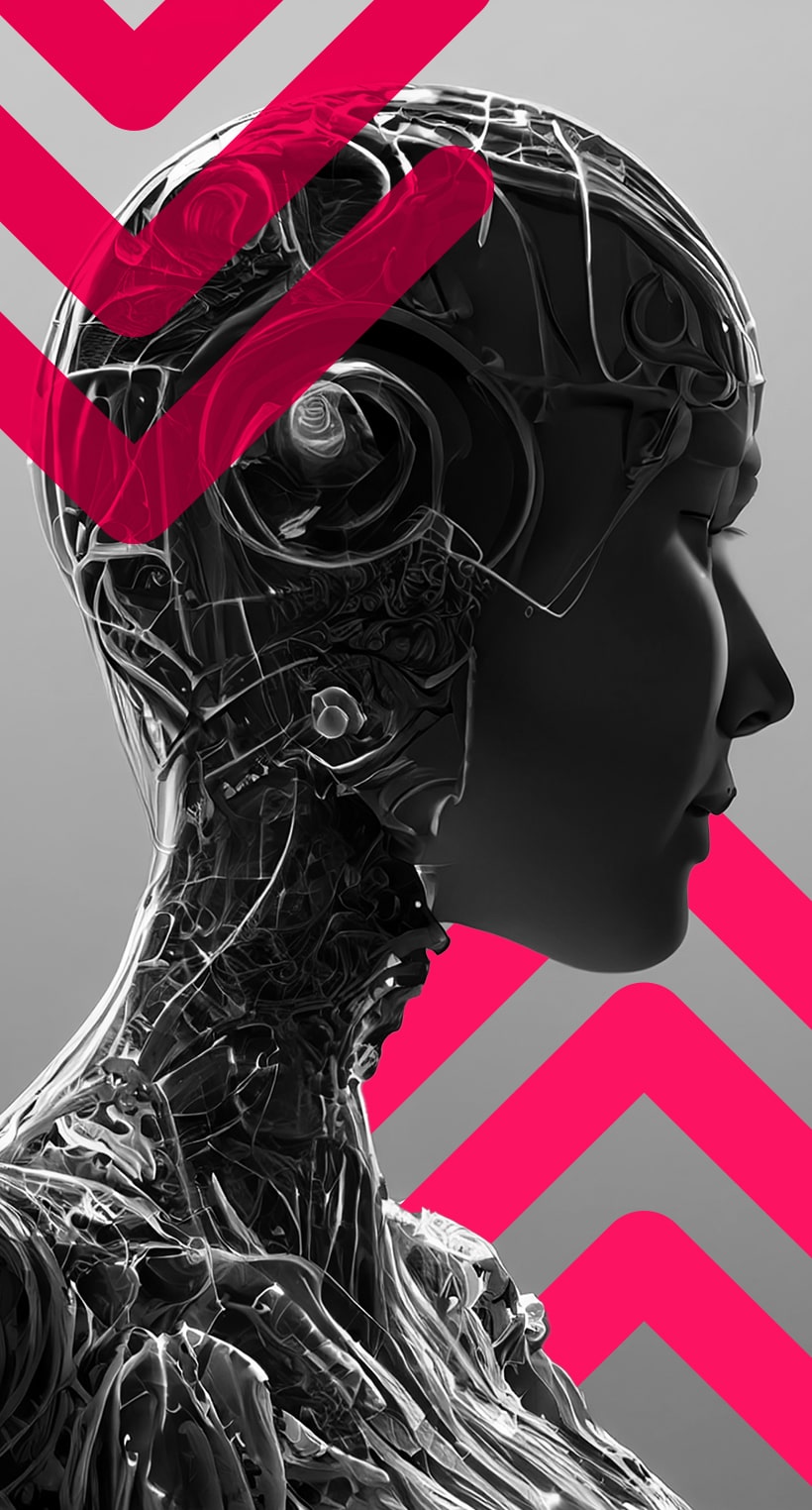As a language enthusiast and tech aficionado, I’ve always been fascinated by the power of communication across cultures. Today, the ability to bridge language gaps is more crucial than ever, and thanks to artificial intelligence, the way we communicate across languages and cultures is being transformed.
The Evolution of Language Translation: From Human to AI
The journey of language translation has been a long and winding road. From ancient scribes meticulously translating texts by hand to the advent of machine translation in the mid-20th century, we’ve witnessed a remarkable evolution. But the recent leap into AI-powered translation has truly revolutionised the field.
Early machine translation tools often produced results that were comical and barely comprehensible. Fast-forward to today, and we have AI systems that can translate entire documents with impressive accuracy in mere seconds. This is a testament to the rapid advancements in artificial intelligence and its profound impact on language processing.
Understanding AI-Powered Translation: How Does It Work?
At its core, AI-powered translation relies on complex algorithms and vast amounts of data to understand and reproduce language patterns.
Here’s a simplified breakdown of how AI translation typically works:
- Input Processing: The AI system receives the text or speech input in the source language.
- Tokenisation: It breaks down the input into smaller units (words, phrases, or subwords).
- Neural Network Analysis: The AI uses deep learning neural networks to analyse the context and meaning of the input.
- Translation Generation: The AI generates a translation in the target language based on its training data and analysis.
- Output Refinement: The system may apply additional rules or models to refine the output for better fluency and accuracy.
These systems can learn and improve over time. Through machine learning, AI translation tools become more adept at handling nuances and idiomatic expressions, bringing us closer to natural-sounding translations.
Comparing AI Translation to Traditional Methods: Pros and Cons
As someone who’s used both traditional translation methods and AI-powered tools, I can attest to the strengths and weaknesses of each approach. Let’s break down the pros and cons:
AI Translation
Pros:
- Fast translation of large volumes of text
- Consistent quality across translations
- Ability to handle multiple languages simultaneously
- Continuous improvement through machine learning
Cons:
- May struggle with highly context-dependent or creative content
- Can sometimes produce unnatural-sounding phrases
- Limited ability to capture cultural nuances
Traditional Human Translation
Pros:
- Superior understanding of context and cultural nuances
- Ability to handle creative and idiomatic expressions
- Better suited for high-stakes or sensitive content
Cons:
- Time-consuming and labour-intensive
- May be inconsistency in quality between different translators
- Higher cost, especially for large volumes of text
The Role of Machine Learning in Improving Translation Accuracy
Machine learning in AI translation typically involves:
- Neural Machine Translation (NMT): This approach uses artificial neural networks to predict the likelihood of a sequence of words, learning to translate entire sentences rather than just phrases or words.
- Transfer Learning: AI models can apply knowledge gained from one language pair to improve translations between other language pairs.
- Reinforcement Learning: The system receives feedback on its translations and adjusts its approach to maximise accuracy and fluency.
- Unsupervised Learning: AI can learn from monolingual data, expanding its understanding of language without relying solely on parallel texts.
As these systems process more data and receive more feedback, they become increasingly adept at handling complex linguistic structures and idiomatic expressions. I have noticed significant improvements in AI translations over the past few years. Phrases that once appeared awkward or nonsensical are now generated with fluency. It’s a testament to the power of machine learning in tackling one of the most complex human skills – language.
Cultural Nuances: Can AI Truly Capture the Essence of Language?
Language is more than just words – it’s a reflection of culture, history, and shared experiences. While AI has made remarkable strides in translation accuracy, there are still challenges when it comes to cultural context:
- Idiomatic Expressions: Phrases like “it’s raining cats and dogs” or “break a leg” don’t translate literally in most languages. AI systems are improving at recognising these, but they can still stumble.
- Humour and Wordplay: The subtleties of jokes and puns often get lost in translation, even with advanced AI.
- Cultural References: References to local customs, historical events, or pop culture can be difficult for AI to contextualise properly.
- Tone and Formality: Different cultures have varying norms for politeness and formality in language, which can be challenging for AI to navigate.
AI researchers are working on incorporating more cultural context into translation models. Some systems are even being trained on region-specific data to better capture local linguistic nuances.
While AI may not yet fully capture the essence of language in all its cultural richness, it’s getting closer every day.
Conclusion: The Transformative Power of AI in Bridging Language Gaps
From the early days of clunky machine translations to today’s sophisticated neural networks, the advancements in AI-powered translation have been nothing short of revolutionary.
AI translation is more than just a convenient tool – it’s a bridge between cultures, a facilitator of global commerce, and a key to unlocking human knowledge across language barriers. While it may not yet perfectly capture every nuance of human language, its rapid improvement and widespread accessibility democratises communication in unprecedented ways, bringing us closer to a world where language differences no longer hinder understanding and collaboration.
In conclusion, AI translation isn’t about replacing human linguists or erasing the beautiful diversity of world languages. Instead, it’s about empowering more people to connect, learn, and share across linguistic boundaries. It’s about making the wealth of human knowledge and experience accessible to all, regardless of language.
;)
;)
;)